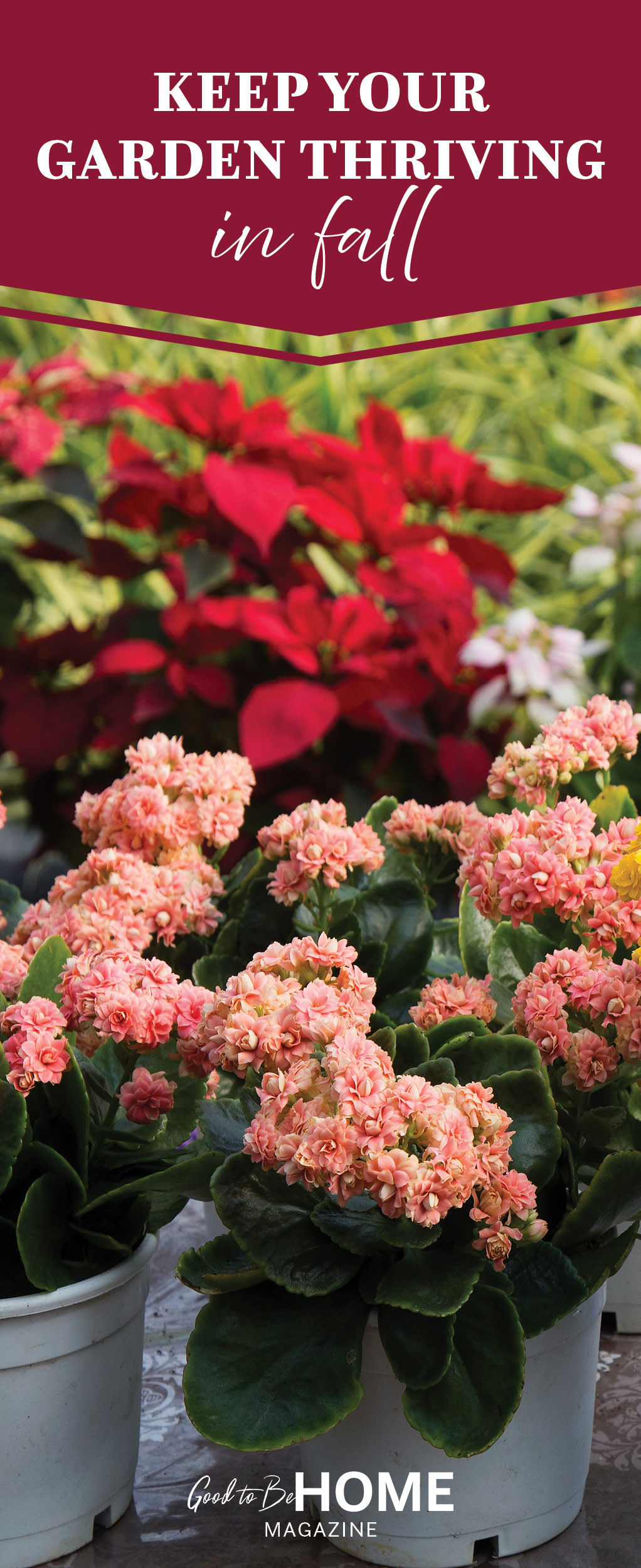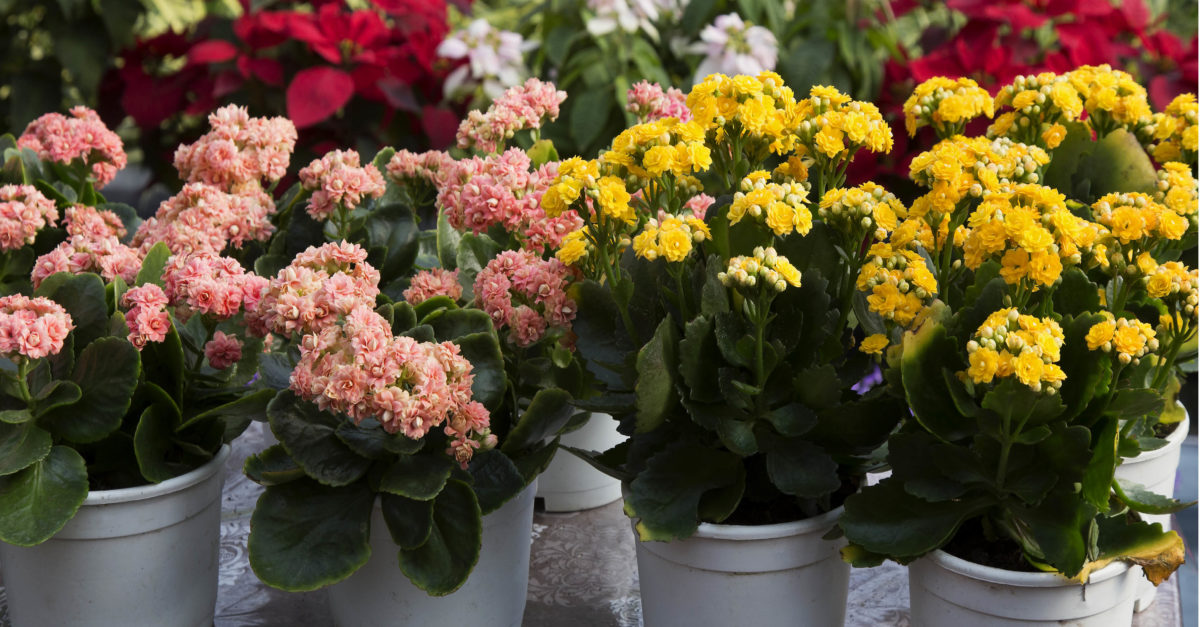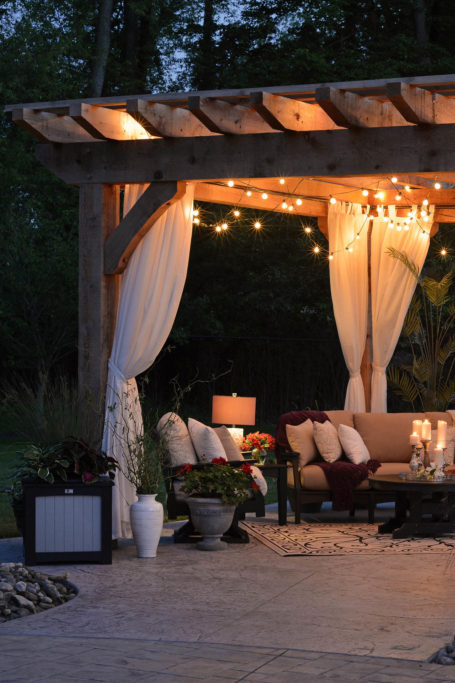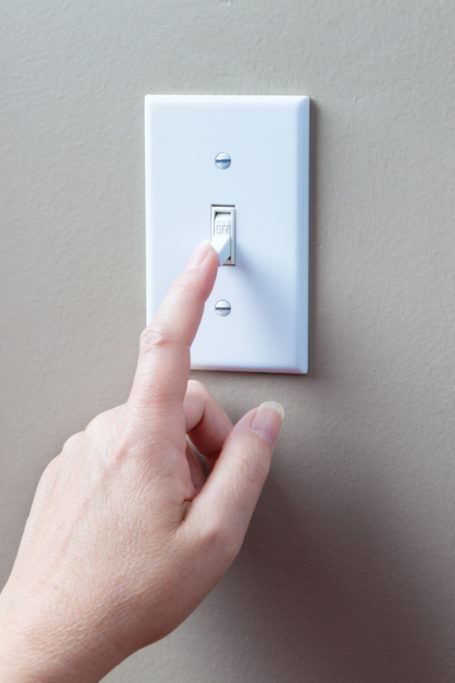Keep Your Garden Thriving in Fall
When the temperatures begin to drop and the leaves start to change, you might think your time in the garden is over—not so fast. You’re just getting started. Don’t let your green thumb go to waste in the fall. There are plenty of plants you can still grow in your garden through autumn and others that you can bring indoors to care for the rest of the year.
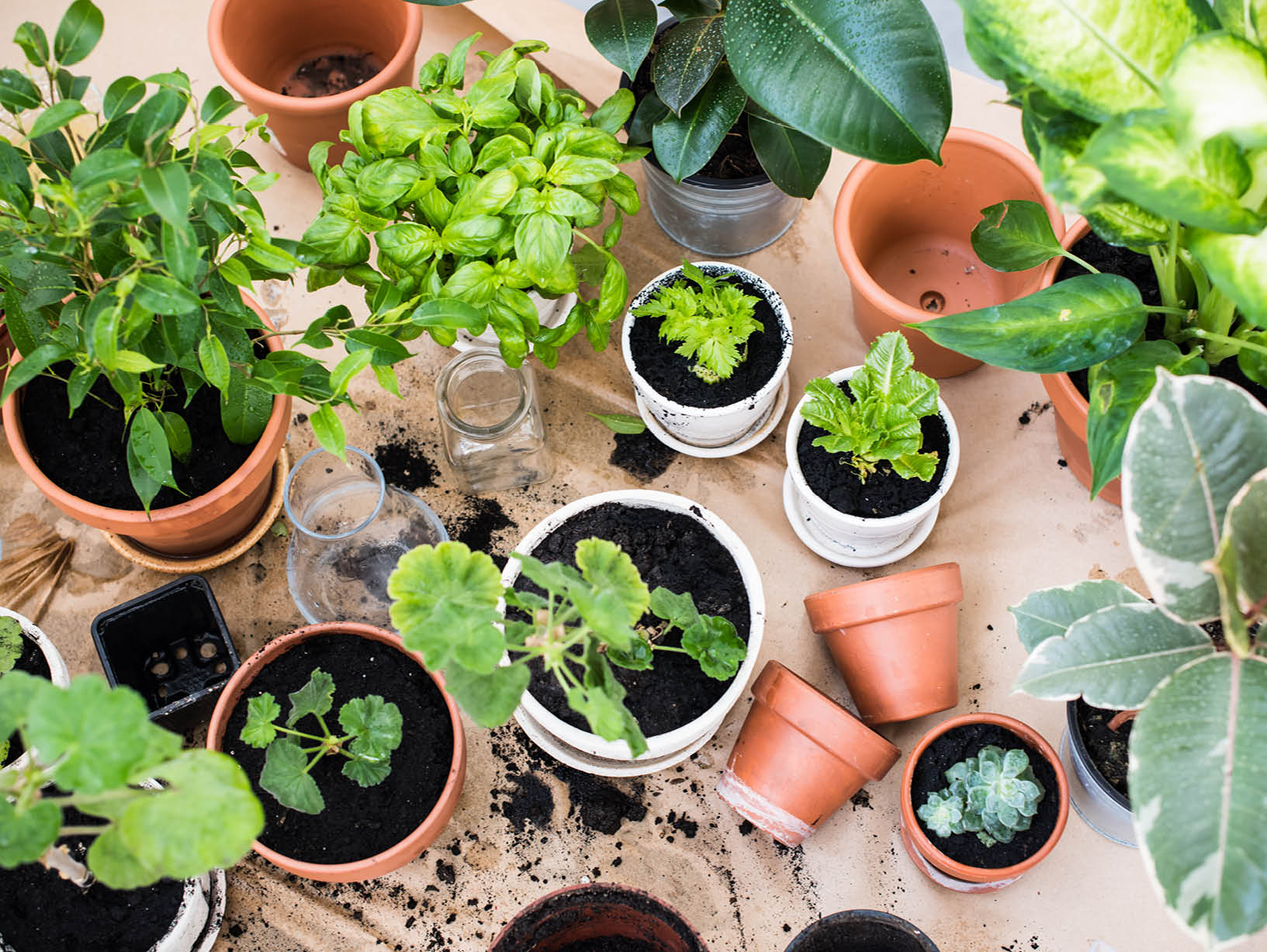
Cool-weather gardening
While you should spend a portion of your fall cleaning up from summer and preparing for spring, there are plenty of flowers you can plant now to bring some liveliness to your landscaping. Just be sure you wait to plant new blooms until the average temperature falls below 80°F.
Annuals
If you’re looking to rejuvenate your garden, an array of annuals can add color to your fall landscaping. Pansies and violas can bloom through November, and sometimes even longer, depending on your area’s temperatures and the first frost date. Violas are a hardy option able to withstand colder temperatures, while pansies will do better in mild temperatures. Chrysanthemums (mums) are another great option for their hardiness. While technically a perennial, many people treat mums as annuals when planted in autumn in regions that experience a colder fall and winter. Make sure to plant your mums well ahead of the first frost to give them time to establish themselves.
Other annuals that fare well during the fall include marigolds, dianthus, helenium, and sweet alyssum. Make sure to plant your annuals in an area where they receive the right amount of sun and water regularly. Adding a layer of mulch helps some annuals return in spring in warmer climates.
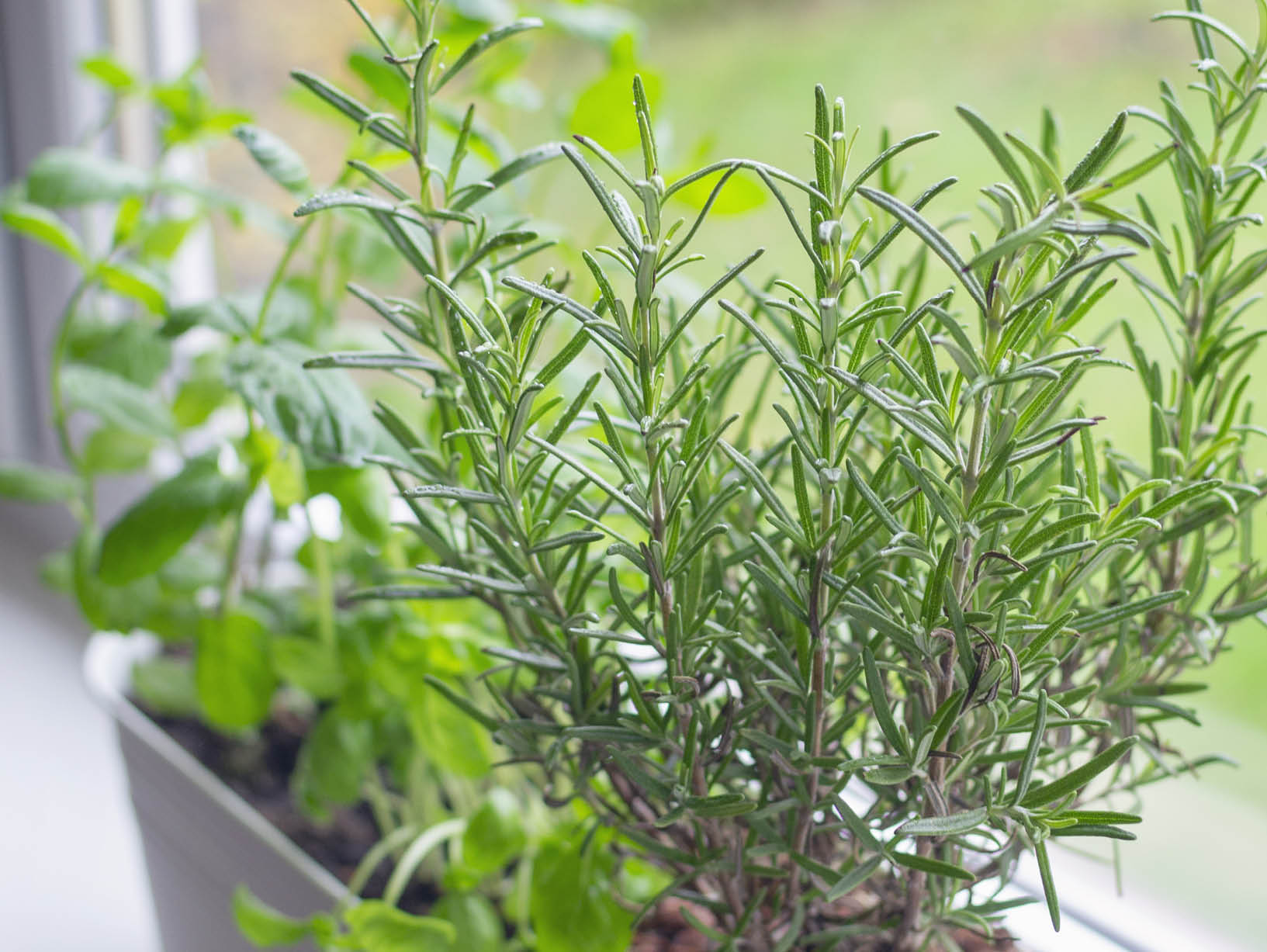
Trees and shrubs
If you’re thinking about adding a tree or shrub to your yard, consider planting it at least four weeks before the ground freezes. Warmer ground temperatures allow the roots to grow before winter sets in and the tree or shrub goes dormant. In warmer regions, it’s also a good idea to plant trees and shrubs during the fall because the roots will have time to establish in the cooler months without dealing with stress from heat. Make sure to give it plenty of space, and water it until the ground freezes.
Perennials
Finally, divide or move perennials a few weeks before the average first frost date in your region to give plants time to grow new roots and recover from the transplant. Moving perennials can give these flowers more room to grow, improve access to light or shade, and provide better soil conditions, as well as giving your landscaping a refresh. Some varieties to consider replanting include bearded iris, daylily, veronica, peony, astilbe, and bleeding heart. Make sure to give your perennials plenty of water and a layer of mulch in their new home.
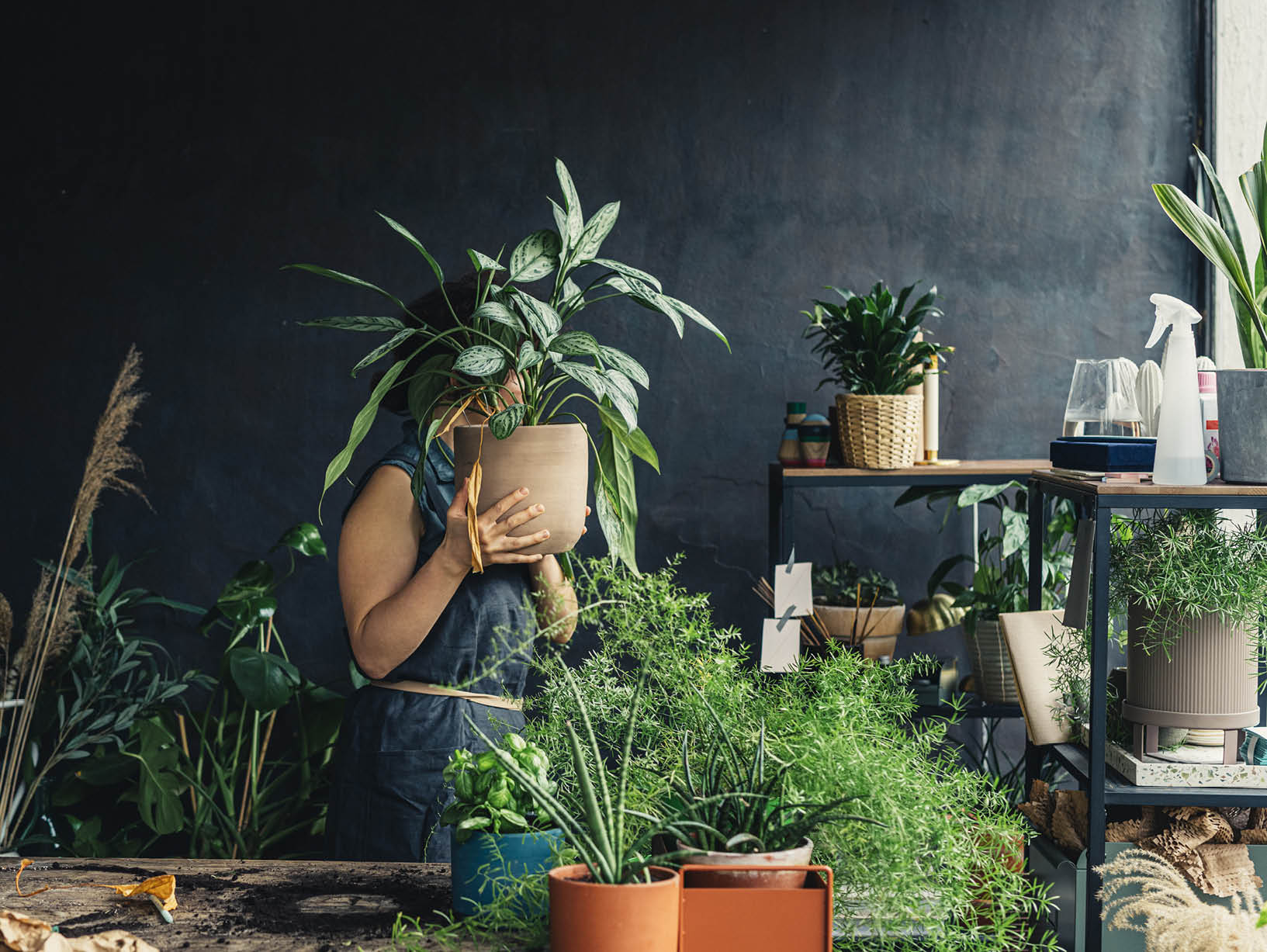
Moving plants inside
If temperatures are falling, it might be time to move some of your plants indoors. Whether tropical plants, annuals, or bulbs, many plants need warmth to survive. If you’re considering bringing some of your plants indoors, you’ll want to take a few things into account.
When to bring your plants inside
If temperatures fall below 50°F overnight, you should bring the plants indoors. However, the process isn’t as simple as just bringing them into your house. You’ll need to take time to make sure they acclimate to their new environment.
Preparing your plants
Before bringing plants in, make sure they don’t have pests tagging along on the leaves or moss and mold growing on the pots, and check your soil for pests, too. Many of these insects will be near the surface, so do a little digging to make sure the soil is free of tagalongs. If a plant has grown over the warmer months, you may also need to prune or replant it in a larger pot.
Making the transition
To properly prepare your plants for the move, bring them in on cool nights for a few days. Return the plants outside during daylight hours so they receive plenty of sun. Gradually decrease the time they spend outdoors over two weeks.
Where to put your plants
Many of us don’t have greenhouses available for our plants. However, there are plenty of spaces in your home that should work. Try to maintain an indoor temperature between 55°F to 70°F, and be sure to keep the plants away from drafty areas and heat sources.
Provide the plants with sunlight by placing them next to a window. Remember to clean the window you choose. This will help provide adequate lighting all winter. The direction your window faces will also make an impact on the light plants receive. South-facing windows tend to be a good spot for plants that need full sun. Windows facing east or west are better for partial sun plants. You can also use indoor plant lights if your area is particularly rainy during fall.
You’ll also want to offer your indoor plants plenty of humidity. A good way to do this is by setting up a humidity tray using the following steps.
1. Find a shallow tray that is large enough to hold your plants and their pots.
2. Fill the tray with pebbles or small rocks.
3. Add water to just below the top part of the pebbles, and set the plants on the pebbles.
4. Avoid letting the bottom of the pot touch the water, since this can lead to unwanted root rot.
5. The tray water will eventually evaporate and provide the humidity your plants need.
Avoid overwatering your plants by only watering when the soil surface is dry to the touch. Overwatering can be as deadly to a plant as under-watering.
Although fall has arrived, you can still spend plenty of time enjoying your garden—both inside and out. So throw on your gardening gloves and grab your watering can. It is time to get to work!
